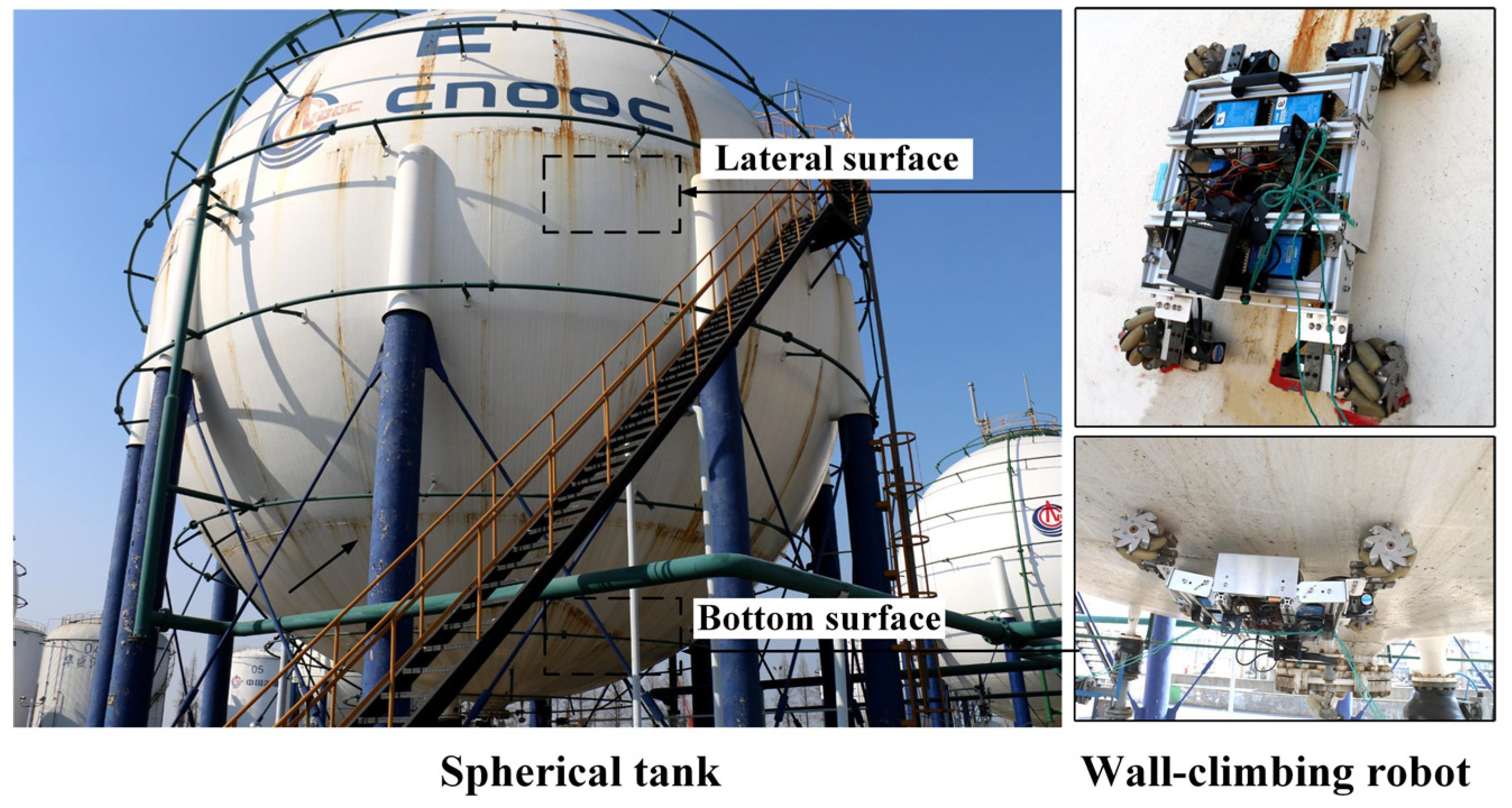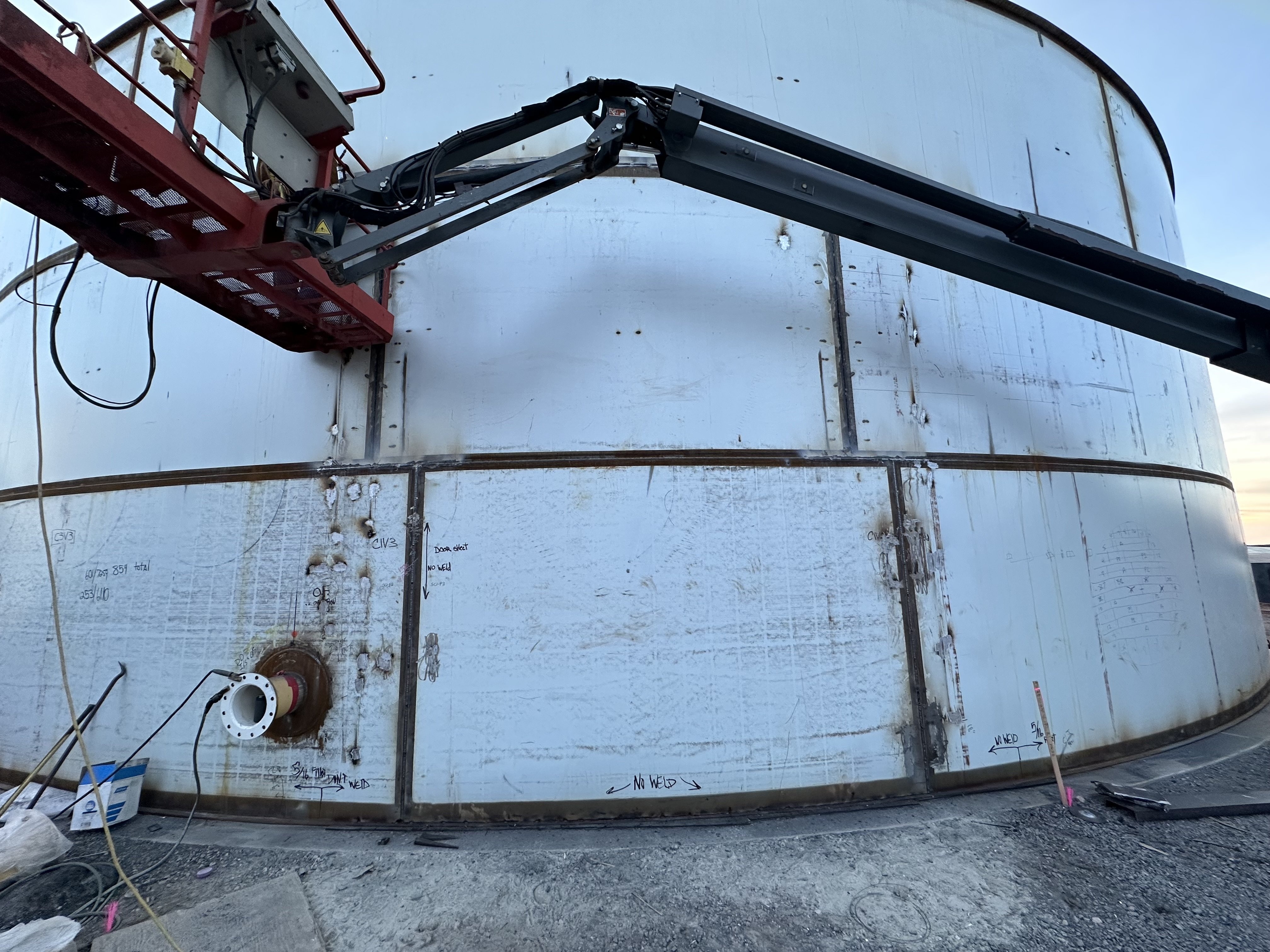Comprehensive Guide to Effective Container Welding Inspection Techniques and Ideal Practices for High Quality Guarantee
In the world of container welding, strenuous assessment strategies are critical for protecting structural stability and guaranteeing conformity with industry regulations. This overview presents an organized strategy to numerous examination methods, including visual assessments and non-destructive screening, which play a crucial function in spotting flaws before they rise into serious concerns. Furthermore, the value of meticulous documents and the execution of continual enhancement methods can not be overstated. As we explore these important components, it ends up being clear that an aggressive inspection approach is not just helpful, yet necessary for functional success in settings handling hazardous products.
Value of Tank Welding Assessment

Container welding evaluation functions as a preventative measure, determining possible defects such as splits, porosity, or incorrect joint penetration prior to they escalate into severe concerns. Regular assessments not just adhere to industry policies and requirements yet additionally improve the long life of the tanks, decreasing the demand for costly fixings or replacements.

Aesthetic Evaluation Techniques
Employing systematic aesthetic evaluation methods is important for analyzing the top quality and honesty of welded joints in tanks. This method acts as the very first line of protection in determining prospective issues such as splits, undercuts, and inadequate penetration. The examiner ought to come close to the job with an eager eye, making use of proper tools like magnifying glasses, flashlights, and mirrors to improve exposure.
During the inspection procedure, the examiner must assess the weld profile, guaranteeing it sticks to defined standards and standards (Tank Welding Inspection). This includes analyzing the bead size, height, and fusion with the base material. Inspectors should likewise pay close attention to the bordering areas for signs of thermal distortion or contamination that may influence the weld's efficiency
Documentation of searchings for is crucial; examiners need to videotape any kind of abnormalities, classifying them by intensity for more assessment. This organized method not only help in immediate flaw recognition however also adds to long-term quality control by making certain conformity with sector standards. Routine training and calibration of aesthetic assessment methods additionally improve the integrity of analyses, ultimately leading to more secure and much more resilient container structures.
Non-Destructive Examining Techniques
Non-destructive screening (NDT) methods are often used in storage tank welding inspections to examine the honesty of welded joints without endangering their structural stability. These strategies are crucial for determining issues such as cracks, spaces, and incorporations that could cause tragic failures if left undetected.
Common NDT approaches include ultrasonic testing (UT), which uses high-frequency acoustic waves to find interior flaws; radiographic testing (RT), using X-rays or gamma rays to picture weld frameworks; and magnetic particle testing (MT), which discloses surface area and near-surface discontinuities in ferromagnetic materials (Tank Welding Inspection). Fluid penetrant screening (PT) is also widely made use of, with the ability of identifying surface-breaking problems by applying a fluorescent or color contrast dye
Each NDT technique has its certain applications and benefits, making it vital for examiners to pick the ideal technique based on the useful link material and the kind of weld being evaluated. The assimilation of these NDT methods into the inspection process enhances the overall high quality guarantee structure, ensuring that bonded containers fulfill safety and performance criteria. Ultimately, NDT plays a critical duty in keeping the honesty and long life of storage tank frameworks in different industrial applications.

Paperwork and Reporting
Guaranteeing complete paperwork and coverage throughout tank welding evaluations is vital for keeping conformity with sector criteria and assisting in reliable communication amongst stakeholders. Appropriate paperwork functions as an extensive record of examination tasks, searchings for, and any corrective actions taken throughout the welding process. This details is essential not just for high quality assurance but likewise for audits and regulative evaluations.

A well-structured assessment record must include information such as the day of evaluation, names of inspectors, welding treatments utilized, products utilized, and any type of deviations from developed requirements. Additionally, pictures and representations can enhance the quality of the record, offering visual context to the searchings for. It is likewise important to record any type of non-conformities in addition to their resolution, making certain that all stakeholders are informed of potential dangers and the steps required to reduce them.
In addition, preserving a centralized data source for all assessment reports permits easy access and review, cultivating a culture of openness and responsibility. By prioritizing careful documentation and reporting, companies can not only support quality guarantee however also enhance their reputation within the market, ultimately causing improved security and functional effectiveness.
Continuous Renovation Practices
Constant enhancement practices i was reading this are vital for boosting the high quality and performance of tank welding evaluations. One efficient strategy involves normal training and upskilling of evaluation employees to stay abreast of the latest welding modern technologies and requirements.
Moreover, making use of data-driven evaluation enables organizations to track inspection outcomes, determine patterns, and identify areas for renovation. Utilizing tools such as origin analysis can aid in recognizing the underlying concerns resulting in flaws, enabling targeted treatments. Furthermore, getting responses from assessment groups and stakeholders produces a joint atmosphere that encourages cutting-edge remedies.
Integrating advanced technologies, such as computerized evaluation systems and real-time monitoring, can dramatically improve the accuracy and rate of inspections. Normal audits of the examination processes additionally add to a culture of liability and constant refinement. Inevitably, these constant improvement methods not only raise the quality of storage tank welding examinations however additionally add to overall functional this link quality and customer fulfillment.
Conclusion
To conclude, reliable container welding inspection is essential for ensuring the structural stability and safety and security of storage systems, especially those taking care of hazardous products. Employing a combination of aesthetic evaluation methods and non-destructive screening approaches facilitates the very early identification of flaws, therefore preserving conformity with sector standards. Furthermore, durable documentation and a dedication to continual enhancement boost quality control practices. Ultimately, these procedures contribute substantially to functional quality and the avoidance of possible safety risks.